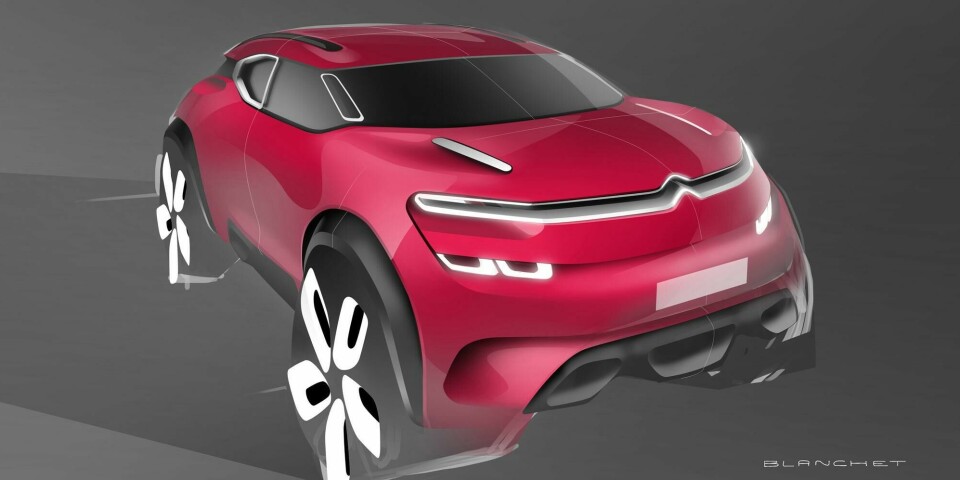
Design Interview: Citroën’s Andrew Cowell
Design manager of C3 and C5 Aircross on the tension between brand coherence and creativity
As PSA Group continues to push its DS brand as a separate marque, designers from DS and Citroën still work side by side in the same Parisian studio. However, the site at Vélizy on the southern outskirts of the French capital is also home to the Peugeot design team, so the feeling of sibling rivalry is nothing new.
“We’re all in the same building, all on the same floor,” says Andrew Cowell, Citroën project design director. “We have Peugeot down one end, Citroën at the other and DS tends to work in the middle.”
As the longstanding separation between Peugeot and Citroën styling demonstrates, proximity doesn’t have to breed similarity. “It’s the same building but the teams are very different,” Cowell notes. “There’s a conscious effort, from the senior management down, to make sure that the three brands are standalone, have their own identity, their own position and their own market.”

Also, as Cowell argues, designers can actually benefit from working in a shared space. “I don’t think you need to put designers in a little box so they can’t see what’s going on next door. I think that’s not the best way of operating, though I know other brands may function like that. It’s good to have healthy competition, it’s good to see what the other designers are doing and it motivates everyone at the same time, as long as it’s well managed and clearly defined.”
For Cowell the split between DS and Citroën must have felt rather personal; he served as design manager for the DS5 and a few years ago chose a DS4 as his wedding car.
Born in the UK, with a degree in automotive design from Coventry University, Cowell joined Citroën and moved to France in 1991. That jump followed seven years at Lotus Cars contributing to the 1980s line-up of Esprit, Excel and Elan.
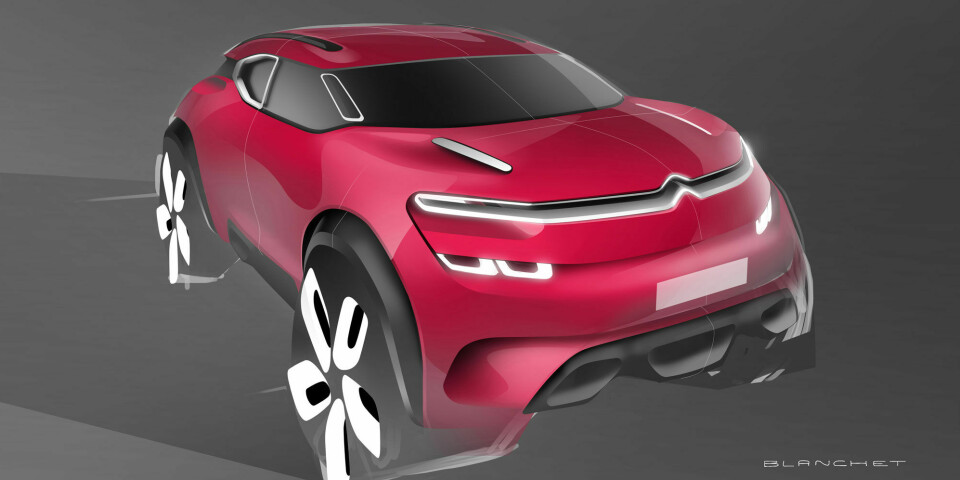
Cowell’s more recent projects include senior design manager responsibility for the Jumpy/Dispatch van and its SpaceTourer derivative, as well as the recently launched C3 hatchback and C5 Aircross SUV shown in Shanghai.
“At the moment we’re rolling out a form language over our whole range of products, building Citroën’s image and getting Citroën back into the marketplace with a clear identity so everyone understands what Citroën is,” he says. “Coherence is incredibly important for what we’re trying to achieve.”
The chosen form language includes soft, rounded forms, crossover cues such as plastic cladding, a floating or semi-floating roof and a distinctive lighting treatment at the front.
The current DRG is “probably, historically, the first time we’ve had a signature that’s gone right across the range”, Cowell adds.
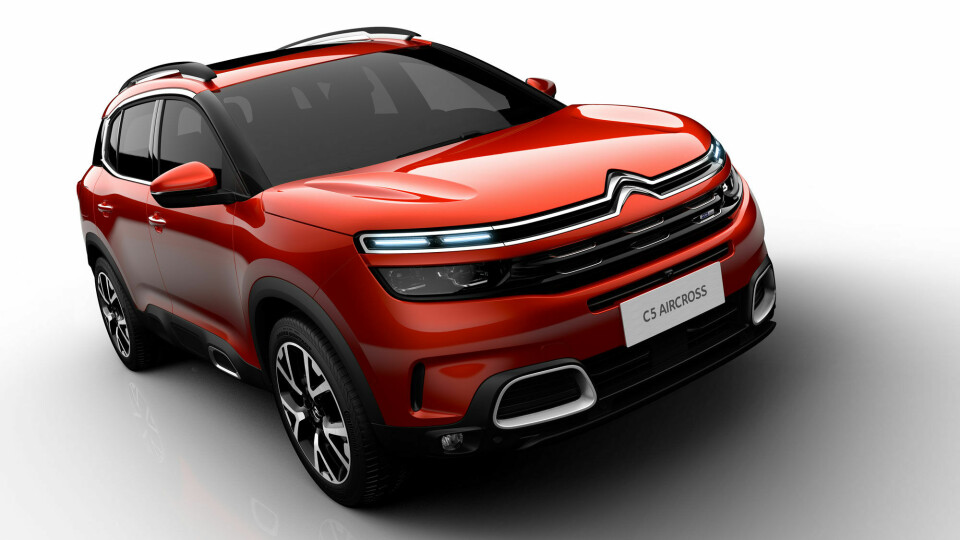
Placing DRLs high up, level with the chevron badge and above the main headlamps, was a key shift, says Cowell. “Standard headlights automatically have a certain size to get all the functions into one block, but by breaking up the functions we can reduce the sizes of all the elements,” he explains. “We’re also moving slowly towards SUVs and vehicles which have to have a certain presence and certain mass on the front face. By lifting the DRLs up into the corners of the bonnet, we can also then play around a lot more with the volumes and proportions of the front.”
Divided lighting elements are also important for a cost-conscious brand, Cowell adds, given the current expense of full LED lamps. “On C3, C4 Cactus and C3 Aircross we’re using lightbulbs, which take up a lot more space than LED headlights. But we can use LED on the DRLs and [because they are separate units] source the electrical parts from different suppliers.”
It’s important that a form language doesn’t become a straitjacket, however, and the three design finalists for the recent C3 hatchback demonstrate quite a lot of latitude with the family graphics.
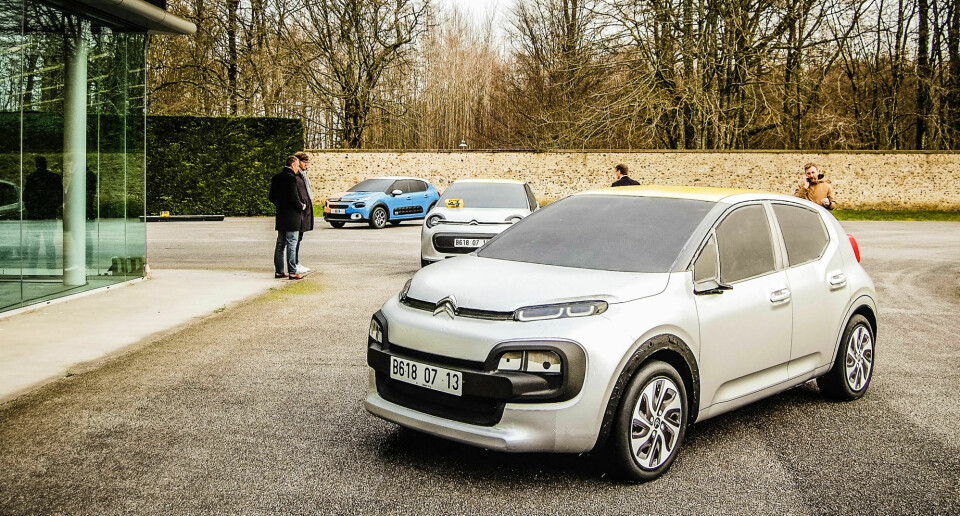
“We’re not going to let the grass grow under our feet,” Cowell explains. “When we have a design competition we’ll always ask designers to follow our current brand thinking and brand direction, but we’ll also open up the competition to completely different things – that’s how we get interesting ideas. There’s no point having creative designers if you hold them down.”
A floating or contrast-coloured roof is another brand signature that’s helpful to have in the design dictionary. “The split between body and roof allows us to play with different colours, whether it’s bright colours or just black,” he notes. “As soon as we start cutting the vehicle up into different colours we can make changes to the perception of the mass. From day one you have to look at these subjects, from very early on.”
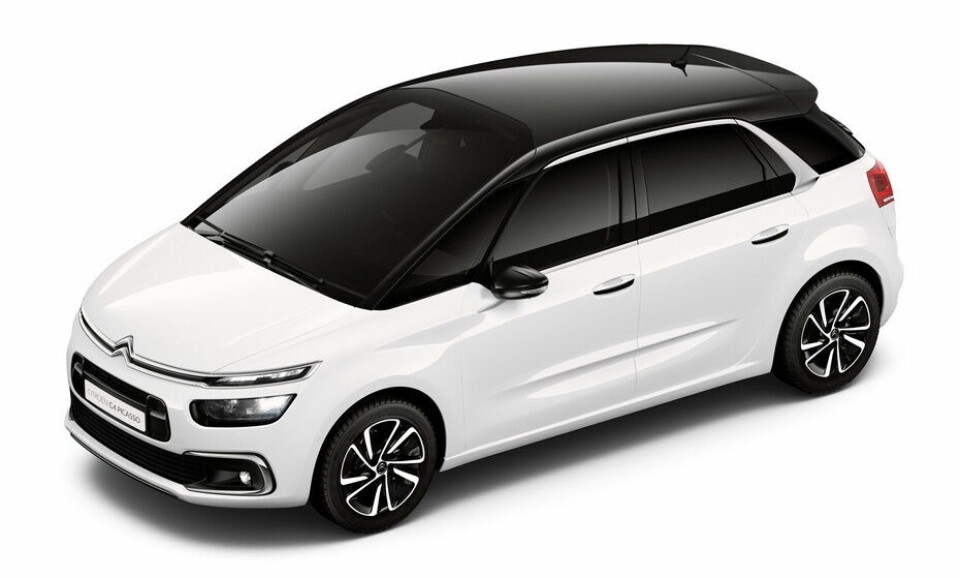
But he adds that a contrast roof also brings difficulties. “It has quite a few constraints. It has very big constraint on the A-pillar and the way we construct the doors. It also has quite a big constraint on the rear quarter.”
The rear quarter divide between roof and body seems somewhat arbitrary on the C3, with a stick-on band of colour applied over the join. The approach has attracted some criticism. “We’re criticised all the time but don’t forget we have to build these cars in a factory,” Cowell responds. “There are different ways of doing it. There’s the Renault Captur way, where they press a finish line into the bodyside, or there’s the way we do it where we decided to put a split that wasn’t pressed into the bodyside.”
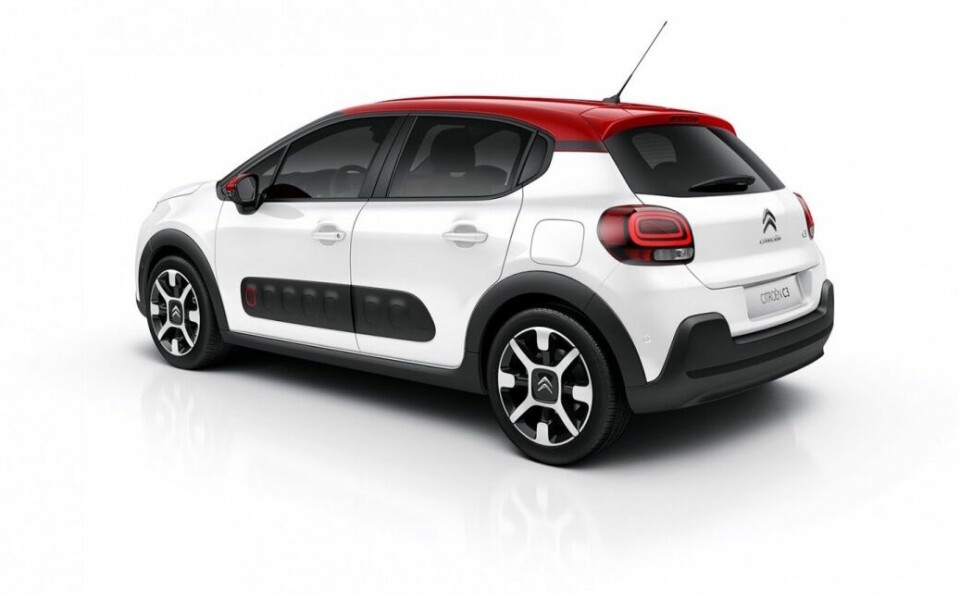
Cowell argues that the smooth finish of the C3’s rear pillar gives equal precedence to customers who don’t want a contrasting paint scheme. “There’s a big chunk that don’t have the coloured roof and the car still looks good,” he says.
The C3 also allows customers to delete Citroën’s distinctive Airbump panel from the doors, while the more recent C3 Aircross arrived without an Airbump panel at all, having sported the feature in concept guise earlier in the year.
Cowell insists that Citroën is not giving up on Airbumps just yet, however, labelling them “incredibly useful and interesting design cues” but adding they are “very much an urban take.” That remark suggests they may not play a big part in Citroën’s upcoming larger cars.

Note the flat, empty space where the concept’s Airbumps used to be…
Given the decision to replace C3 Picasso with C3 Aircross, it may also seem that the days of spacious Citroën MPVs are also drawing to a close – but that’s a strategic shift Cowell is disinclined to comment on. “That’s not for me as a simple designer to reply to,” he observes.
He is, however, willing to assess Hyundai’s recent Kona crossover and its Citroën-style arrangement of lights. “I think it’s a compliment,” he says. “It shows we’re onto a good thing. It’s also interesting in the sense that they’re picking up on something that we decided was a good idea a lot earlier than them.”
But as with DS, Citroën and Peugeot, technical similarities have little to do with how a brand might be perceived, he notes: “Everyone will interpret ideas in a completely different way and have a different take on the idea. We each have our own designers and our management, so we’ll have a completely different take on what the competition are doing. We just have to keep moving forward.”



